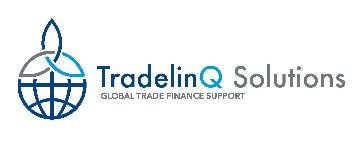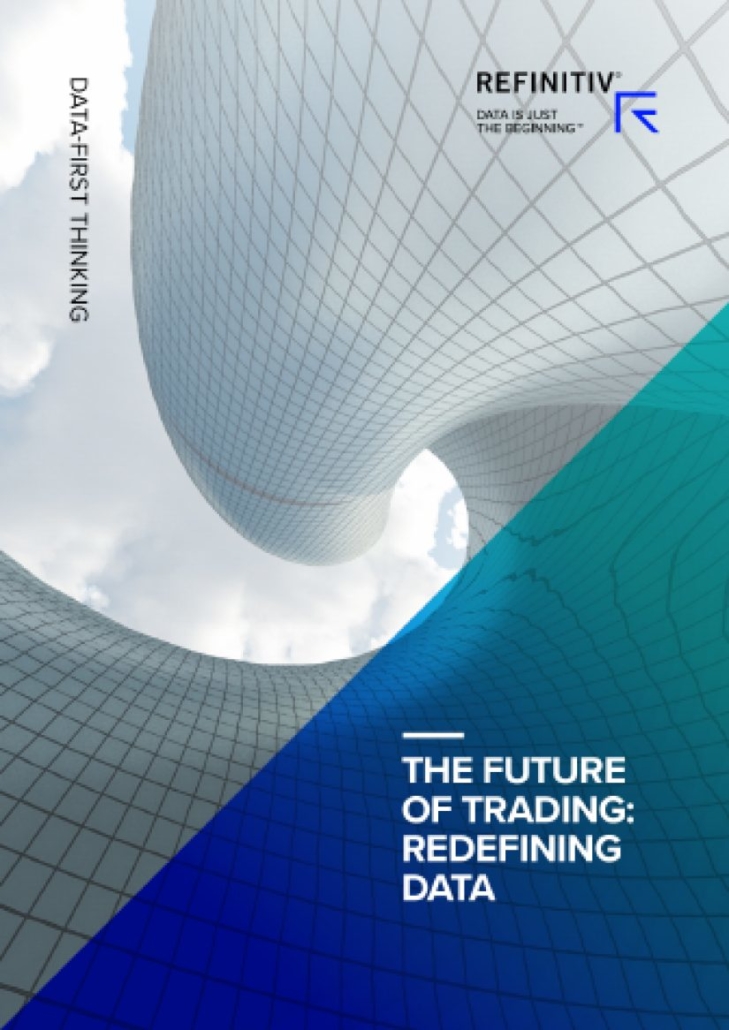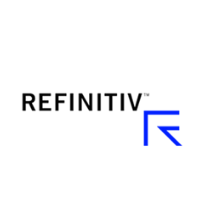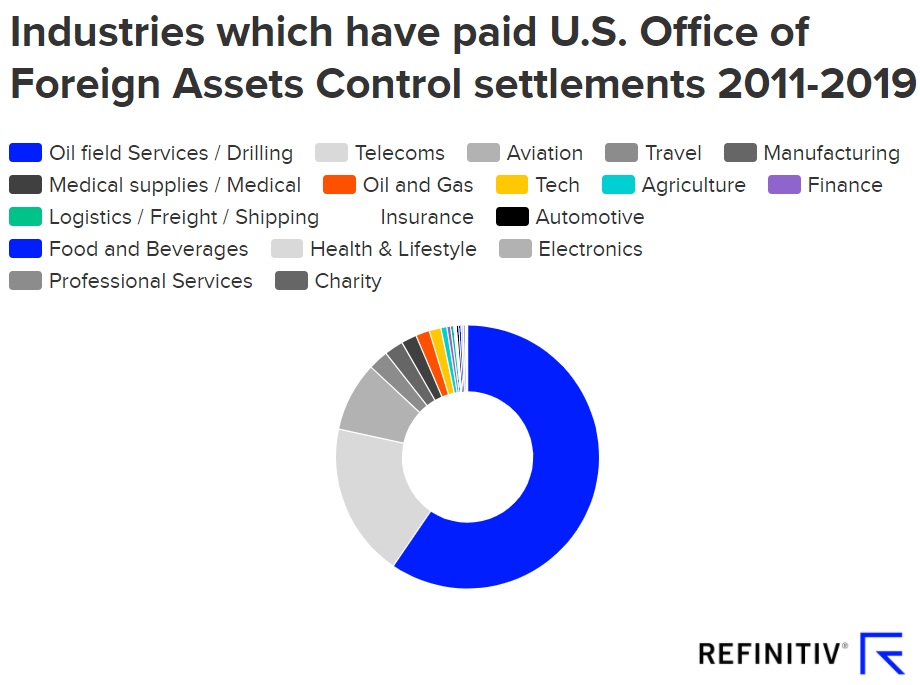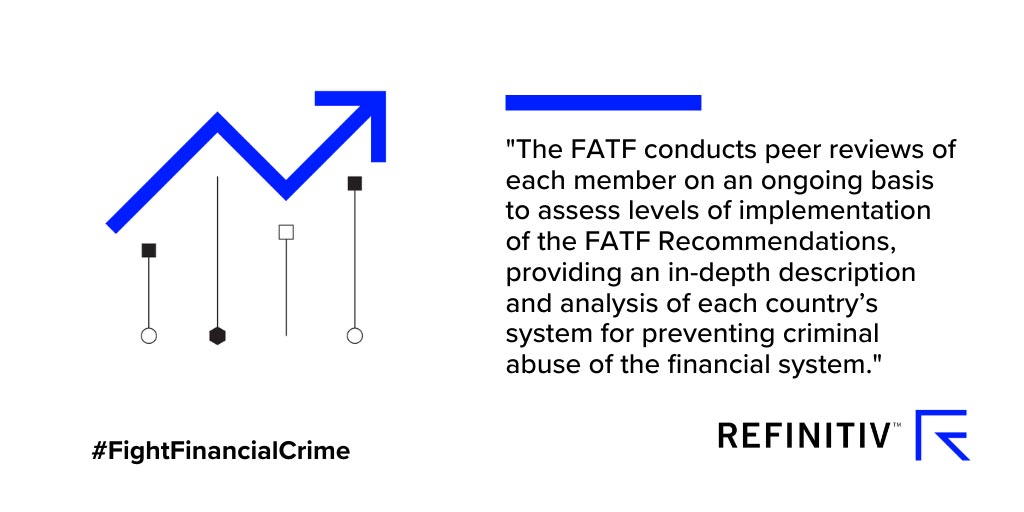From Practice: Transferable Letters of Credit…. something to try? (Dutch Item)
| 23-02-2021 | Ger van Rosmalen | treasuryXL
In een eerder gepubliceerd artikel heb ik hier al eens aandacht aan besteed. Steeds vaker word ik gevraagd om bedrijven te begeleiden bij transacties op basis van een Transferable Letter of Credit, soms met een onverwachte uitkomst.
Zo ook een bedrijf dat op het punt stond een groot contract af te sluiten van enkele miljoenen euro’s. Het bedrijf kan een mooie deal doen met Corona gerelateerde producten en kan dat vanuit de huidige financiële situatie niet zelf financieren. Men wilde gebruik maken van een Transferable Letter of Credit. Aan mij het verzoek voor het opzetten van de transactie. Uiteraard wil ik hen graag helpen. Tijdens een plezierige kennismaking met een aantal enthousiaste directieleden licht ik mijn werkwijze toe. Want voordat een interessant betalingsinstrument als een Transferable Letter of Credit kan worden ingezet, vind ik het van groot belang dat de ondernemer weloverwogen keuzes kan maken op basis van eigen opgedane kennis. Die was hier (nog) niet aanwezig. Ik neem de ondernemer daarom eerst graag mee langs alle mogelijkheden en valkuilen. Daarna is de ondernemer beter in staat om juiste keuzes te maken, wat zorgt voor meer comfort en minder risico’s.
Na dit kennismakingsgesprek ga ik aan de slag met de inhoud van het contract en de toestemming van de ondernemer om zelf direct met zijn bankier contact op te mogen nemen om de transactie te bespreken. Hij informeert zijn bank dat hij TradelinQ Solutions heeft ingeschakeld hem te begeleiden.
Na bestudering van het contract stel ik vast dat de producten voor dit bedrijf geen branchevreemde producten zijn. Deze zijn namelijk passend binnen de huidige activiteiten van dit bedrijf. Daarnaast wordt er in het contract gesproken over de leveringsconditie DDP en dient er een inspectie plaats te vinden. Voor ik met de bank ga praten stem ik eerst e.e.a. af met andere experts. TradelinQ Solutions werkt samen met een groep van specialisten op het gebied van o.a. Incoterms, Douane, Compliance, (Krediet) verzekeringen, Inspecties, Factoring, Credit Management, Culturele verschillen, Cash Management en Treasury.
De leverancier van de producten geeft aan voor inspectie zorg te dragen maar onze klant wil dat graag zelf regelen en ons samenwerkend inspectiebureau kan de kwaliteit en kwantiteit van deze producten bij de oorsprong (producent) controleren. De leveringsconditie DDP wil zeggen dat de leverancier de goederen ingeklaard maar niet uitgeladen voor de deur van onze klant moet afleveren. Ook hier heb ik wel wat vragen over, zo ook wat de klant zelf al heeft gedaan om meer te achterhalen over de leverancier. Daarna stem ik e.e.a. af met de Compliance experts.
Ik heb inmiddels een behoorlijke vragenlijst die ik ga voorleggen aan de ondernemer. Voorafgaand heb ik contact gehad met de bank van de klant om af te stemmen hoe de bank tegen deze transactie aankijkt. De bank heeft duidelijke richtlijnen en is terughoudend als het aankomt op het gebruik van Transferable Letters of Credit. Heeft een klant geen kennis en ervaring dan is de bank extra terughoudend omdat er naast een mogelijk financieel risico ook reputationele risico’s en risico’s vanuit Compliance/AML (Anti Money Laundering) aanwezig zijn. Op voorwaarde dat Tradelinq Solutions dit bedrijf begeleidt met de hiervoor toegelichte “training on the job” geeft de bank groen licht, want ook de producten zijn passend en de winstmarge is verklaarbaar. Wel geldt een voorbehoud van nog uit te voeren Compliance checks door de bank. Onder andere welke partijen zijn hierbij betrokken? Ik spreek af alle informatie aan te leveren, en ga eerst op zoek naar de antwoorden op mijn aanvullende vragen bij de ondernemer.
De ondernemer heeft wel informatie over de leverancier maar die is (te) summier. Ik heb hier al vaker aangegeven dat je als ondernemer niet meer wegkomt met slechts wat Google checks en financiële informatie. De informatie die ik heb gevonden roept vragen op die we bespreken. De leverancier blijkt een klein bedrijf in Europa te zijn terwijl de goederen uit het Verre Oosten komen. Deze leverancier wil volgens het contract een Transferable Letter of Credit en overdragen naar de uiteindelijke producent in het Verre Oosten. Ik weet uit ervaring dat dit geen haalbare optie is in combinatie met DDP als leveringsconditie. Bovendien staat in het contract dat mijn klant invoerrechten, BTW en eventuele andere kosten moet betalen en dat rijmt niet eens met DDP. Weet de leverancier wel waarover hij spreekt? Deze ondernemer loopt nu vast want hij verwacht zelf Transferable Letters of Credit van zijn afnemer(s) die hij wil overdragen naar de leverancier. De leverancier wil het L/C overdragen naar de uiteindelijke producent. Maar daar gaat het mis! Een Transferable Letter of Credit kan maar een keer worden overdragen en hier blijken er dus 2 “tussenpartijen” te zijn. Voor een Transferable Letter of Credit is er dat een teveel! Dat levert nieuwe uitdagingen op want het contract blijkt al te zijn getekend. Daarnaast blijkt een afgesproken inspectie van de goederen na aankomst in Nederland van weinig waarde te zijn. De betaling heeft dan nl. al onder het L/C plaatsgevonden. Door nog een aantal andere bevindingen komt de ondernemer uiteindelijk zelf tot de conclusie dat hij onder het contract uit wil nu hij meer kennis en begrip van de materie heeft en blijkt er gelukkig nog een escape te zijn.
Jammer dat ik niet toekwam aan een concept Transferable Letter of Credit, maar er waren in dit geval teveel risico’s financieel en reputationeel voor de ondernemer. Ik werd bedankt voor dit leerzame traject. Het heeft hen de ogen geopend en zelf laten inzien dat ze hier zeker door het extern inschakelen van kennis zijn behoed voor een mogelijk financieel fiasco.
Enkele aandachtspunten:
- Teken een contract pas nadat je de mogelijkheden met je bank hebt besproken.
- Heb je niet alle kennis in huis? Schakel experts in die je begeleiden om zelf de juiste keuzes te kunnen maken.
- Zijn de goederen passend binnen de activiteiten van het bedrijf?
- Welke mogelijkheden zijn er nog meer om ALLE beschikbare informatie over specifieke afnemers en leveranciers te verzamelen?
TradelinQ Solutions begeleidt bedrijven als geen ander met focus op de transactie en oog voor de risico’s. Informatie of even sparren? bel 06-13377921 of mail naar [email protected]
Trade Finance Specialist


